japanese beetle life cycle illinois
Japanese beetle has a 1-year life cycleAdult beetles emerge in late June in southern Illinois and early July in central and northern IllinoisThey are 12 inch long heavy-bodied oval beetles. Japanese beetle adults are above ground eating leaves for about 6 weeks from mid-June into August.
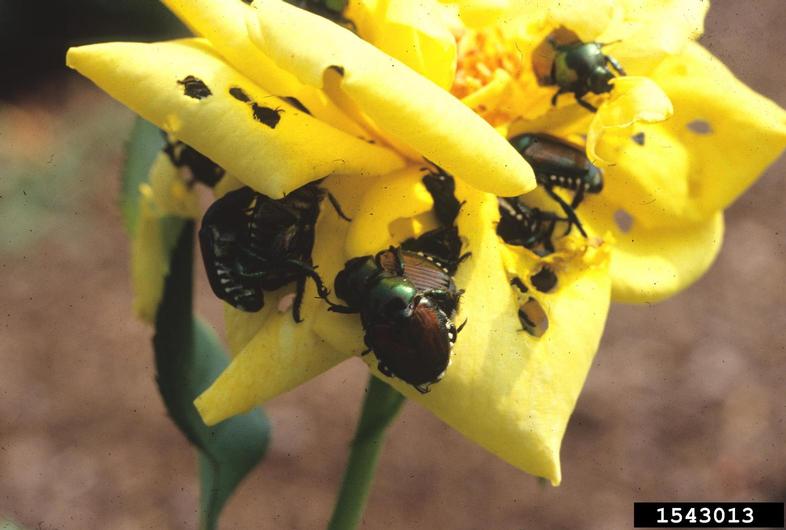
Japanese Beetle Got Pests Board Of Pesticides Control Maine Dacf
Japanese beetle grub University of Illinois Japanese beetle adults Japanese beetles have a univoltine life cycle one generation per year.

. In late June the first adults emerge with most present in July and August. In most parts of its range the Japanese beetle completes its life-cycle in one year but some populations in cooler climates may complete their development in two years Vittum 1986. The Japanese beetle has a one year life cycle spending about 10 months as a grub in the soil.
While they get a lot of attention every year the real impact on corn and soybean yield is generally pretty minor. Andon Department of Entomology. They overwinter as third instar larvae in the soil.
They are 12 inch long heavy-bodied oval beetles that. Some may still be. Shetlar and Jennifer E.
Although there are certainly plants these beetles. The Japanese beetle has a one year life cycle spending about 10 months as a grub in the soil. After mating and feeding females lay eggs in moist actively growing lawns.
Ova are laid individually or in small clusters near the soil surface. During the day females will leave host plants burrow into the soil and lay between 1 and 4 eggs at a time. Japanese beetles have a univoltine life cycleone generation per year.
Japanese beetle emergence is beginning throughout Illinois. Larvae feed on roots underground while adults feed on leaves and stems. They over winter as third in star larvae in the soil below the frost line.
In late June the first adults emerge with most present in July and August. As soil temperatures warm in the. Late June through August or September.
Japanese beetle has a 1-year life cycle. It is common for this pest to be abundant in one part of a town and not others. Adults will typically begin to emerge in late June in southern Illinois and in early July in central and northern Illinois and will typically be around for about six weeks.
Mating and egg laying. Some may still be. Some of their favorite plants include Japanese maple rose-of sharon roses grape cherry and more.
The Japanese beetle Popillia japonica is generally found east of a line running from Michigan. In mid-June female beetles begin laying eggs in the soil. Japanese beetle Popillia japonica adults emerge from the ground every June to voraciously consume a plethora of plants.
This pest was detected in New Jersey in 1916 having been introduced from Japan. Lifecycle of the Japanese beetle. Adults first emerge around the end of June to early July hungry and ready to eat.
Adult beetles emerge in late June in southern Illinois and early July in central and northern Illinois. Leaves of plants such as birch canna crape myrtles grapes hops linden trees rose bushes etc.
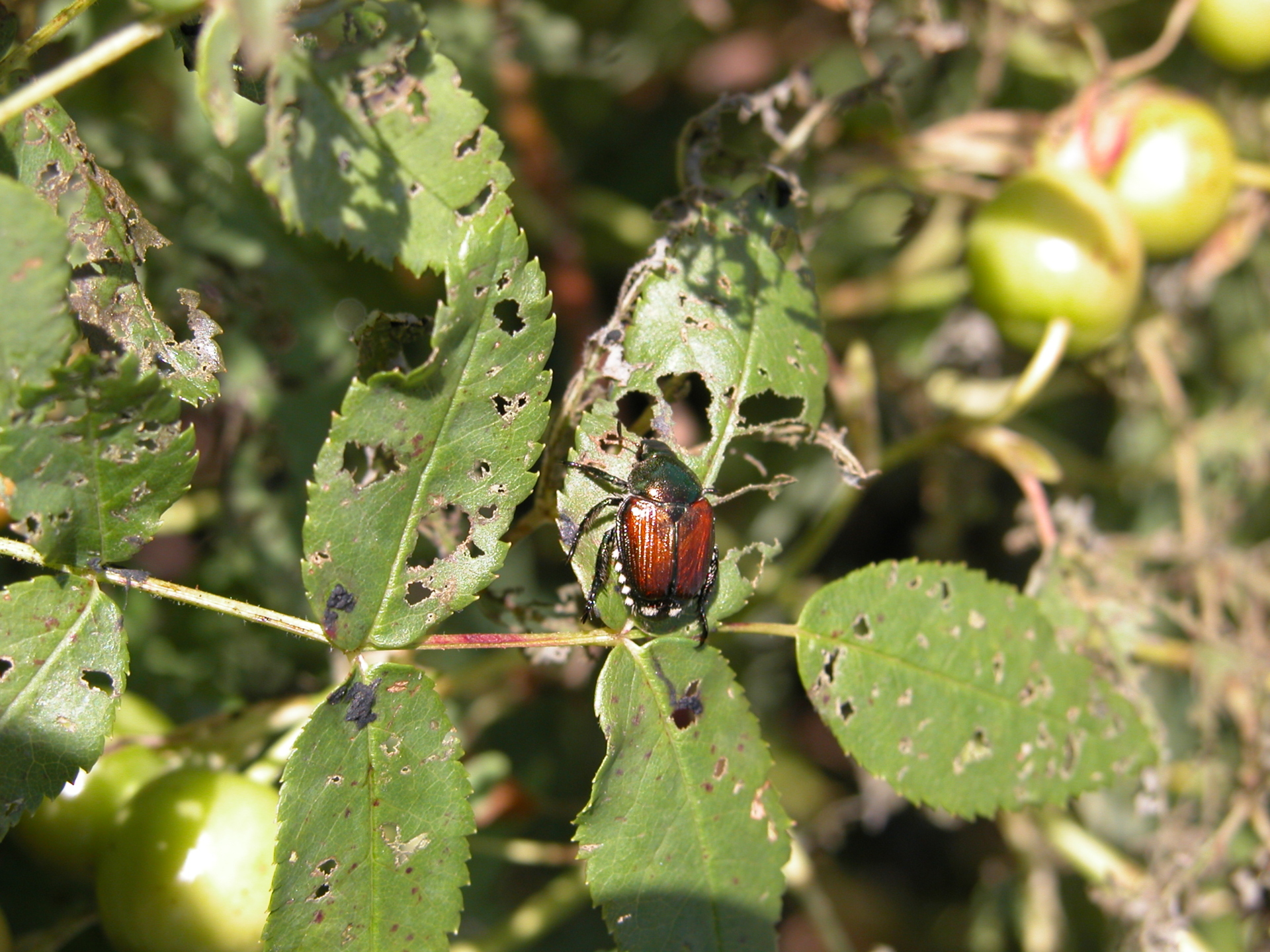
Japanese Beetles The Morton Arboretum

Ready Pest Control Pests Japanese Beetles
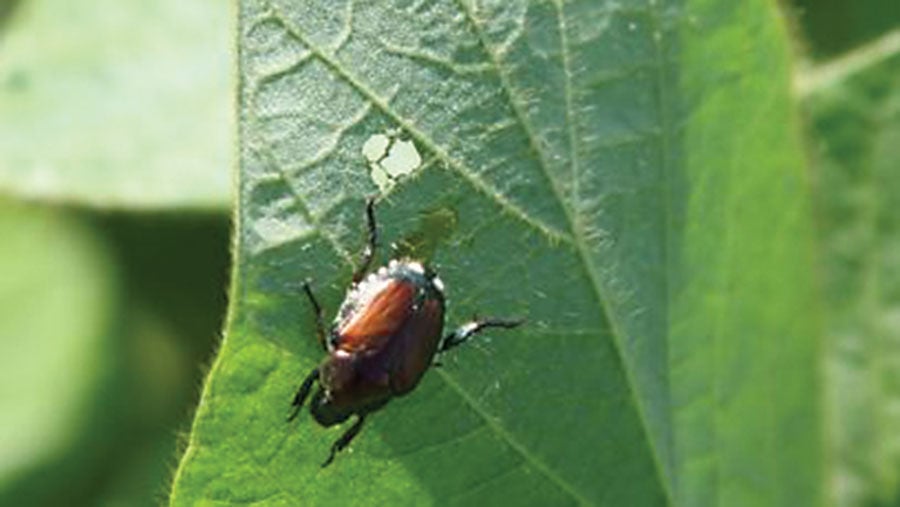
Japanese Beetle Tops List Of Illinois Crop Pests

Japanese Beetle Popillia Japonica Jungledragon

What To Do About Japanese Beetles Illinois Times
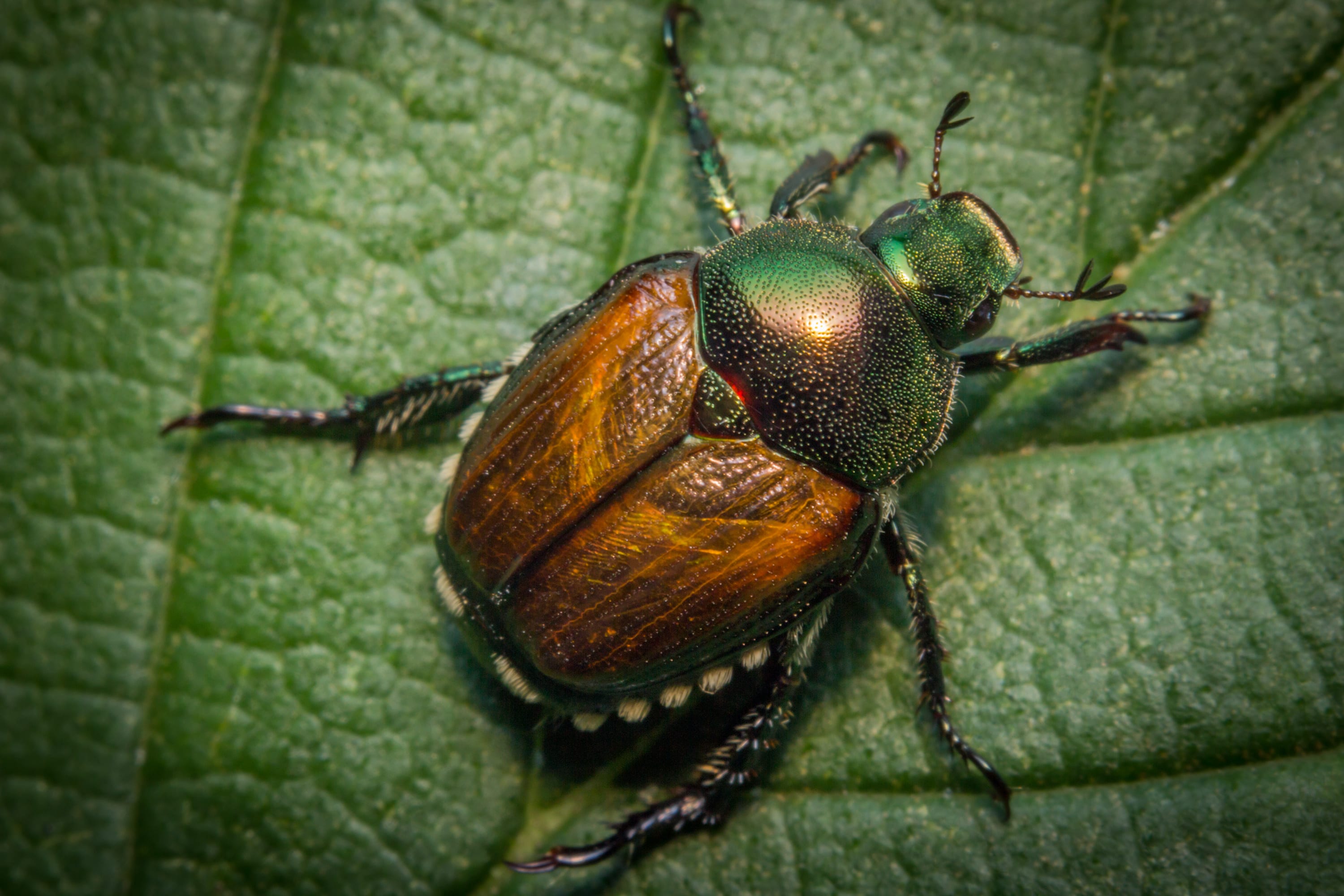
Knowing All About Japanese Beetles Identification And Prevention

Japanese Beetles Are Here To Stay How Can We Fight Back

Japanese Beetles How To Get Rid Of Japanese Beetles The Old Farmer S Almanac
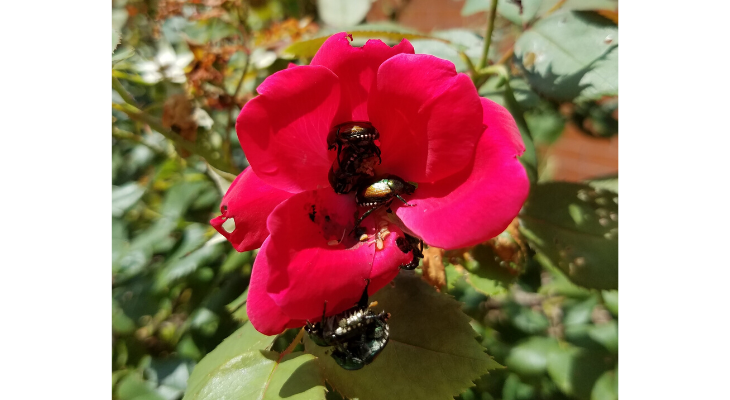
Japanese Beetle Emergence University Of Illinois Extension
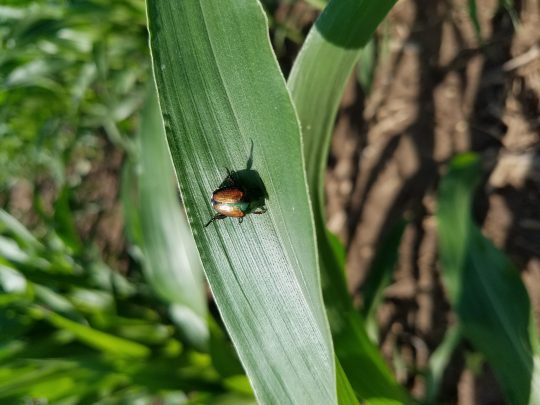
Japanese Beetle Management Guidelines Farmdoc

Japanese Beetle Popillia Japonica Jungledragon
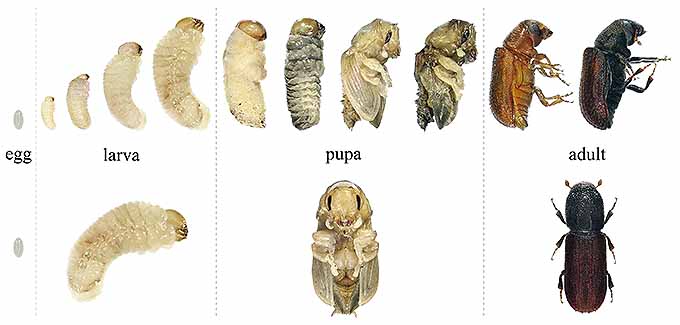
How To Get Rid Of Japanese Beetles Gardener S Path
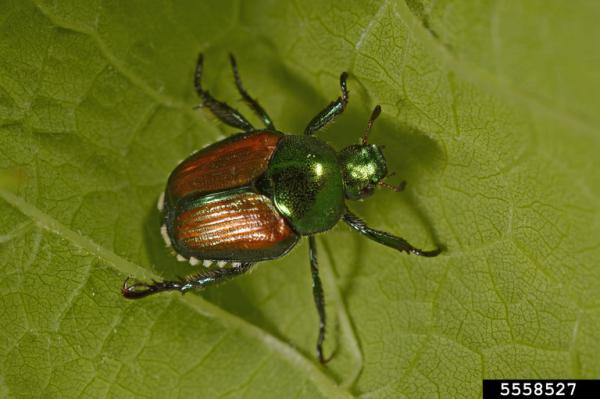
Japanese Beetle National Invasive Species Information Center
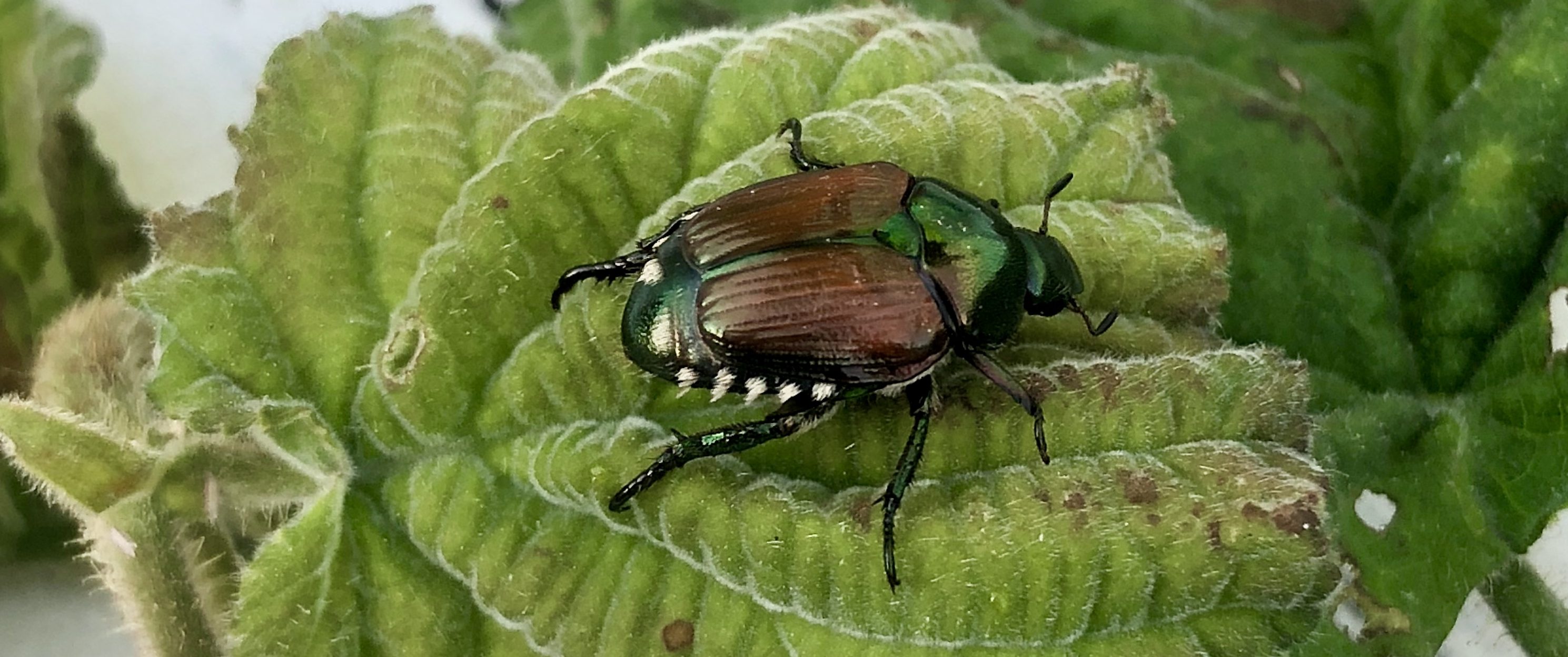
Japanese Beetle Control The Good Earth Garden Center

Japanese Beetle Popillia Japonica Jungledragon

Japanese Beetles Pesches Flowers Garden Center
Life Cycle Of The Japanese Beetle Including A Eggs David Cappaert Download Scientific Diagram

The Complete Guide To Japanese Beetles Pest Prophet Blog

Japanese Beetle Look Alikes Including A Six Spotted Tiger Beetle Download Scientific Diagram